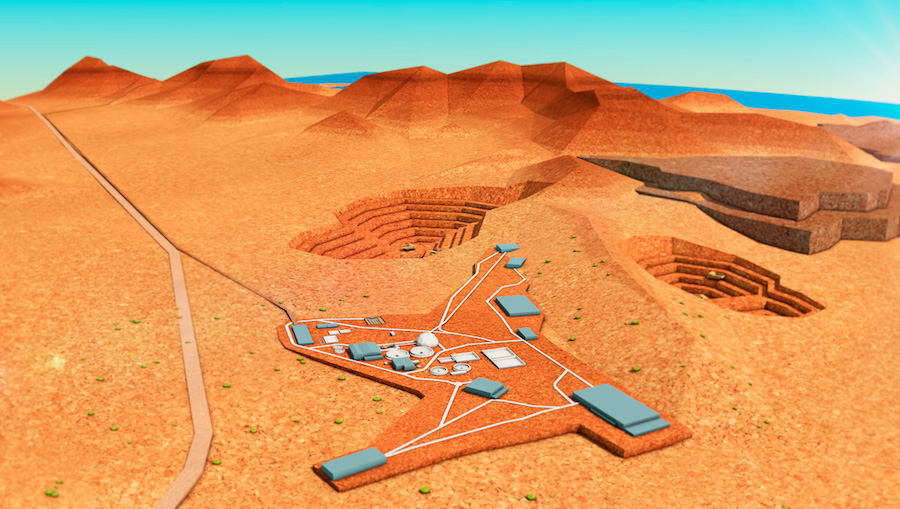
A special committee of Chilean ministers said Monday the debated $2.5 billion Dominga copper and iron ore project, proposed by privately-held Andes Iron, cannot go ahead, ordering all related construction to be halted.
The group, formed by the heads of Mining, Economy, Energy, Environment, Agriculture, and Health, said the mine and port project was deeply flawed, meaning they believe “the eventual impacts of it have not been properly taken care of,” Bío Bío radio reported (in Spanish).
Dominga would have produced 12 million tonnes of iron ore a year, becoming the country’s largest mine of its kind. It would have also produced 150,000 tonnes of copper annually.
Weaknesses pointed out by the authorities included Dominga’s proximity to a popular Humboldt penguin reserve and the company’s failure to consult local communities.
Controversy surrounding the proposed mine stem in part from the fact Dominga is majority controlled by Chilean businessman Carlos Alberto Délano, who is under investigation for tax fraud and bribery after contributing millions of dollars to the election campaigns of dozens of politicians.
Délano put the project on the block last year, but has failed to find a buyer.
Government supporters had also said that former president and now-candidate Sebastián Piñera, intervened in favour of the project during his first term in government, when members of his family were shareholders. Piñera has denied those allegations.
The project had been rejected in March by an environmental commission, but Andes Iron appealed the ruling, sending it to the special ministers’ committee for a final decision.
The Dominga complex, which included open pit mining, a processing facility, a desalination plant and a port, would have produced 12 million tonnes of iron ore a year, becoming the country’s largest mine of its kind. The operation would have also produced 150,000 tonnes of copper annually.
Construction of the mine and related infrastructure would have created almost 10,000 jobs and 1,450 permanent positions, the company had said.
Comments
Wayne Waters
Good, at least some Companies listen to reality when it comes to concern over the Environment and those living in it!